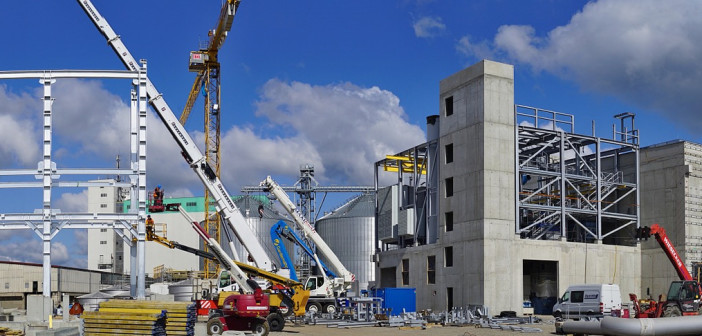The Philippines, a country historically overlooked by foreign investors, has seen the beginning of what could become a boom in factory projects as multinationals tire of rising costs and slowing economic growth in China.
Six major companies from Japan and Taiwan have already picked manufacturing sites near Manila following a government effort since 2010 to play up advantages such as English-language proficiency and a tariff-elimination deal with Europe, a government representative said.
All had located in China before but opted against expanding there as Manila pushed its self-described “China+1” strategy on them. Officials hope the new arrivals are just a start.
“Given the uncertainties in China, sometimes they have to have a backup facility,” said Benedict Uy, a Philippine trade representative in Taipei.
Manila expects more investment from producers of consumer electronics, bicycles and processed foods, a boost to the Southeast Asian country’s US$294 billion economy. Foreign direct investment in the country rose to 274 billion pesos (HK$48 billion) in 2013 from 173 billion pesos in 2004, government statistics show.
Investment bank Barclays forecasts its gross domestic product to grow more than 6 per cent next year, the third-fastest in Asia.
Industrial growth in the Philippines has been throttled by unemployment, corruption and lack of state investment in infrastructure. Now multinationals are re-examining Asian manufacturing center China in light of a 13 per cent rise in labor costs last year and stubborn pickup in domestic consumption.
China’s growth slowed to 7.4 per cent last year. Chinese officials call slowing growth a “new normal”, advocating greater reliance on consumption and investment from domestic firms rather than foreign export manufacturing.
Manila is vying for Chinese spin-off projects against parts of Southeast Asia. Vietnam has a stronger reputation as it has brought in foreign investment since the 1980s. But countries such as Laos and Myanmar are just getting started.
Factories at industrial parks in three provinces within a two-hour drive from Manila could find easily trainable, English-literate workers for product assembly jobs or writing user manuals, Uy said. Factory workers may also be paid less than in China.
“Of course in the interior of China [labor]is cheaper, but if you’re talking about the traditional coastal towns like Shanghai and Guangzhou, they’re more expensive,” Uy said. The Philippines “provides a good value proposition for them”.
The Philippines is expanding its congested seaport in Manila and adding expressways to smooth traffic on notoriously gridlocked roads leading from the capital south into provinces slated for industrial development. Infrastructure spending will rise to 5 per cent of the US$292 billion GDP next year.
Further helping exporters, Manila and the European Union last year reached a trade agreement that eliminates tariffs on 6,274 goods bound for Europe.
Hi-tech hardware is shaping up as a China+1 leader as Brother International, Canon, Lexmark Corp and Seiko Epson have said they would expand in the Philippines.
Seiko Epson announced in December it would invest the equivalent of HK$796 million in a new factory to produce projectors and inkjet printers, slated to open in early 2017.
“Of course we value factors such as the support of the local authorities and the quality of the workforce,” company spokesman Alastair Bourne said. “We were also fortunate in that there was a lot of available land adjacent to the current plant.”
The food and beverage industry was another prime source of projects diverted from China, the Asian Development Bank’s principal country economist Sona Shrestha said.
Nestle, for example, runs a 25-hectare plant to make processed food for the domestic market.
The government expects bicycle manufacturing next. Japanese bike parts maker Shimano has set up a 1.32 billion peso, 13-hectare factory in the Philippines, where it will benefit from the tariff deal with Europe – not an option if exporting from China.
Taiwanese bike builders Giant and Merida were studying possible investments in the Philippines too, Uy said.
The government looks to new factories and domestic firms in their supply chain to meet its goal of creating 1 million jobs per year. Unemployment above 6 per cent and underemployment have left 25 per cent of the country in poverty. In Manila, beggars roam the streets, while some children cannot afford school.
The Philippines had seen a “very positive” trend towards attracting factory expansion, particularly last year, Shrestha said. But new leaders, known for shaking things up during legally required changes in president every six years, must retain today’s macroeconomic policies and step up improvements to infrastructure, analysts say.
“On macro and political stability, that has been a key consideration for businesses to relocate or move here,” Shrestha said. “The other one is infrastructure. You don’t have to go far to see the infrastructure constraints and especially for manufacturers, which are quite reliant on transport and energy, costs of which are quite high here.”




